Video summary
Jeremy Paxman describes the end of the First World War and reflects on whether the popular belief that the war was futile is true, and the influence that this total war had on the creation of modern Britain.
The end of the war in 1918 brought celebration to BritainŌĆÖs streets and war memorials built across the country.
Footage and photos of the three-day celebration are shown, and Paxman shows where the stones of the Trafalgar Square fountain still bear the marks of a celebratory bonfire.
A wounded soldier recalls silence and sadness in the hospital where he was being treated on hearing the news, with so much loss and the end of the comradeship of the army.
We look at some of the 5000 war memorials erected within two years of the Armistice, mostly remembering the loss and suffering of troops rather than celebrating a victory.
Teacher viewing recommended prior to use in class.
Teacher Notes
Key Stage 3:Use as a stimulus for ideas in the creation of a remembrance and memorial design or poster.
Key Stage 4 / GCSE:Could be used as a starter piece to study memorials for what they suggest about changing attitudes to war and social class after the war, in particular the acknowledgement of ordinary troops as never before.
National 5 / Higher:Use as a starter piece to study memorials for what they suggest about changing attitudes to war and social class after the war. In particular consider the acknowledgement of ordinary troops as never before. Students could look at memorials in their own area and compare these to national monuments. The class could discuss what impact the involvement of people from all classes in the war effort had on the growth of democracy.
This clip will be relevant for teaching History. This topic appears in at KS3 in England, Wales and Northern Ireland and OCR, Edexcel, AQA and WJEC/Eduqas GCSE/KS4 in England and Wales and CCEA GCSE in Northern Ireland. It also appears in National 5 and Higher in Scotland.
How Britain declared war in WW1. video
Jeremy Paxman explores the declaration of war after Germany invaded Belgium in 1914.
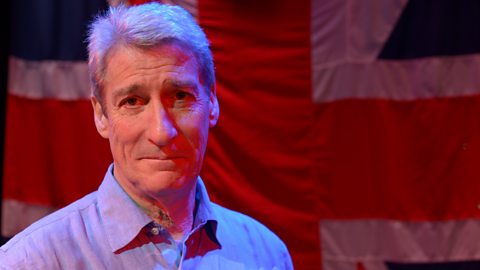
Your country needs you! video
Jeremy Paxman explains Lord Kitchener's iconic recruitment PR campaign of WW1.
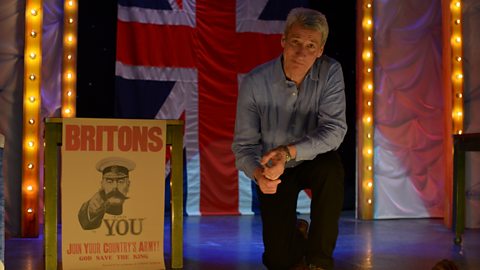
Crushing defeat in the first battle of WW1. video
Jeremy Paxman explores how Britain suffered defeat at the Battle of Mons.

The 91╚╚▒¼ Front. video
Jeremy Paxman explains how German u-boats crippled the country and led to rationing and the 91╚╚▒¼ Front.
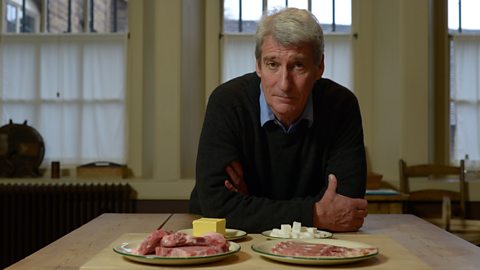
The dangerous jobs of women in WW1. video
How women entered the workforce and took up dangerous roles to support the war effort.

WW1 poetry and shell shock. video
Jeremy Paxman looks at the mental health problems suffered by poet Siegfried Sassoon and soldiers in the First World War.
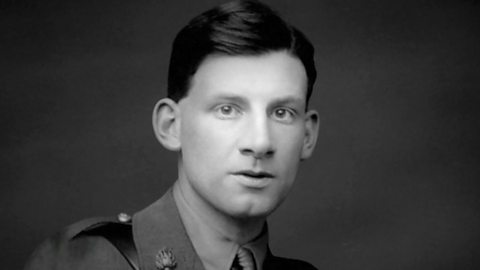
Treating Indian soldiers at Brighton Pavilion. video
Jeremy Paxman explains how a former royal residence became a hospital for injured soldiers in WW1.
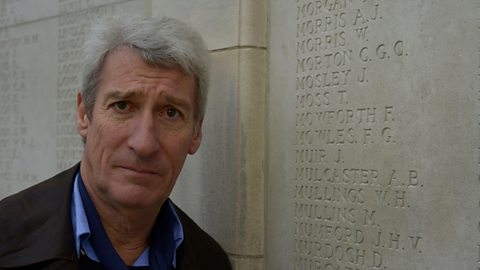
Air raids and the bombardment of Britain in WW1. video
Jeremy Paxman explains the unprecedented bombardment of Britain in World War One.
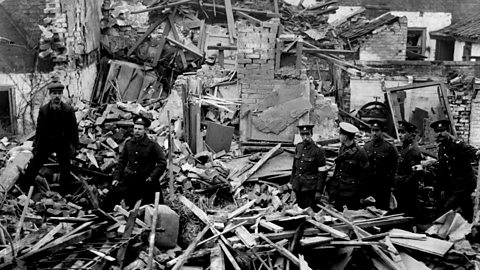
How the Britain turned the tide in 1918. video
How the British workforce, the 91╚╚▒¼ Front and the USA joined together to fight back against the German advance in 1918.
